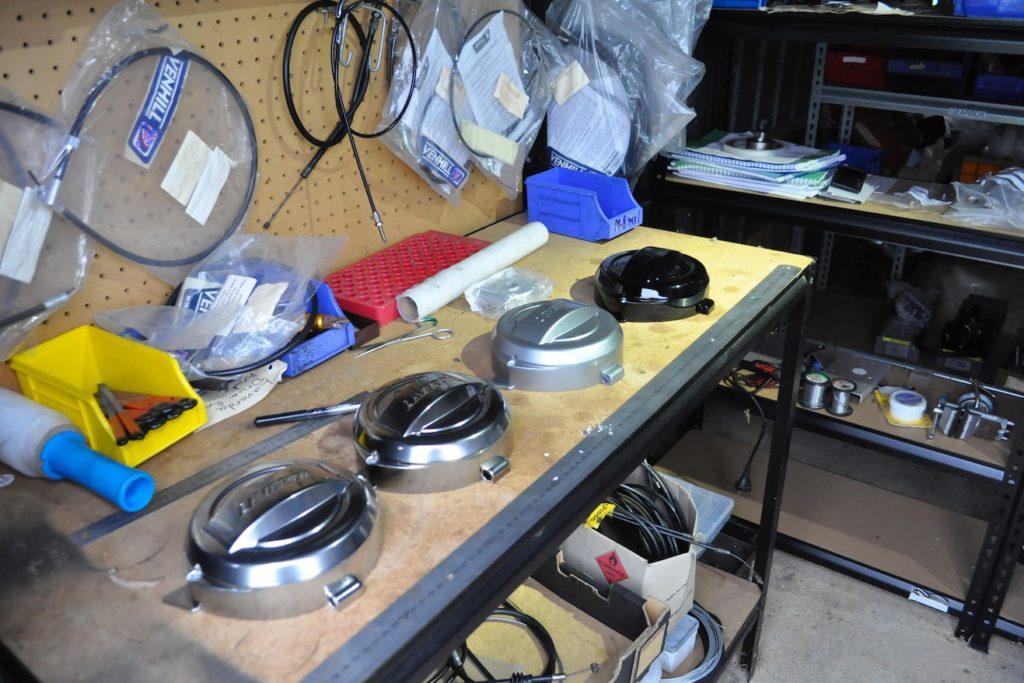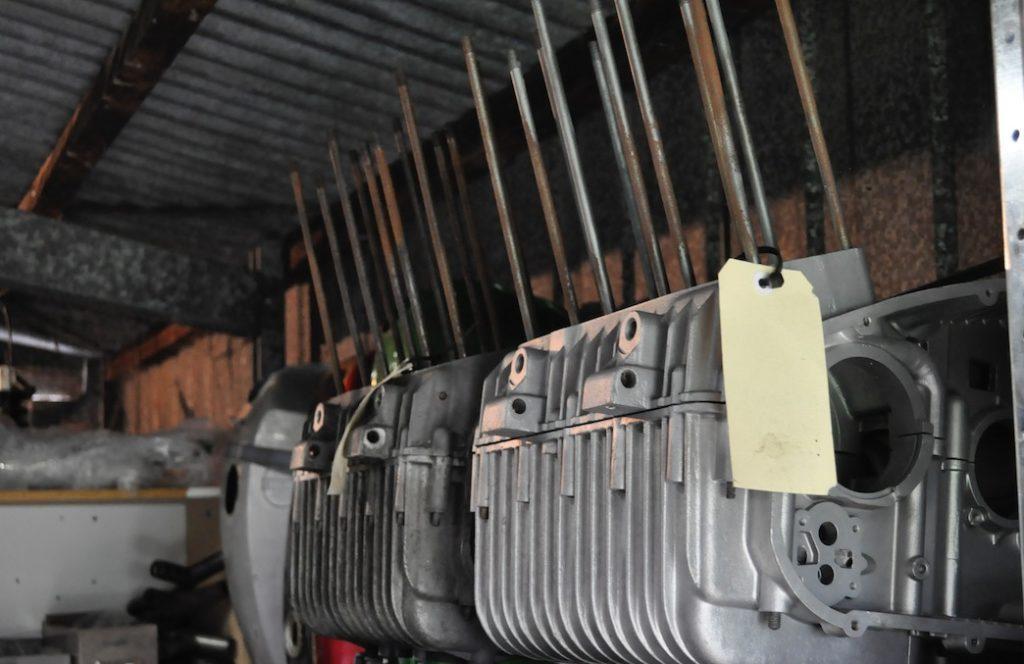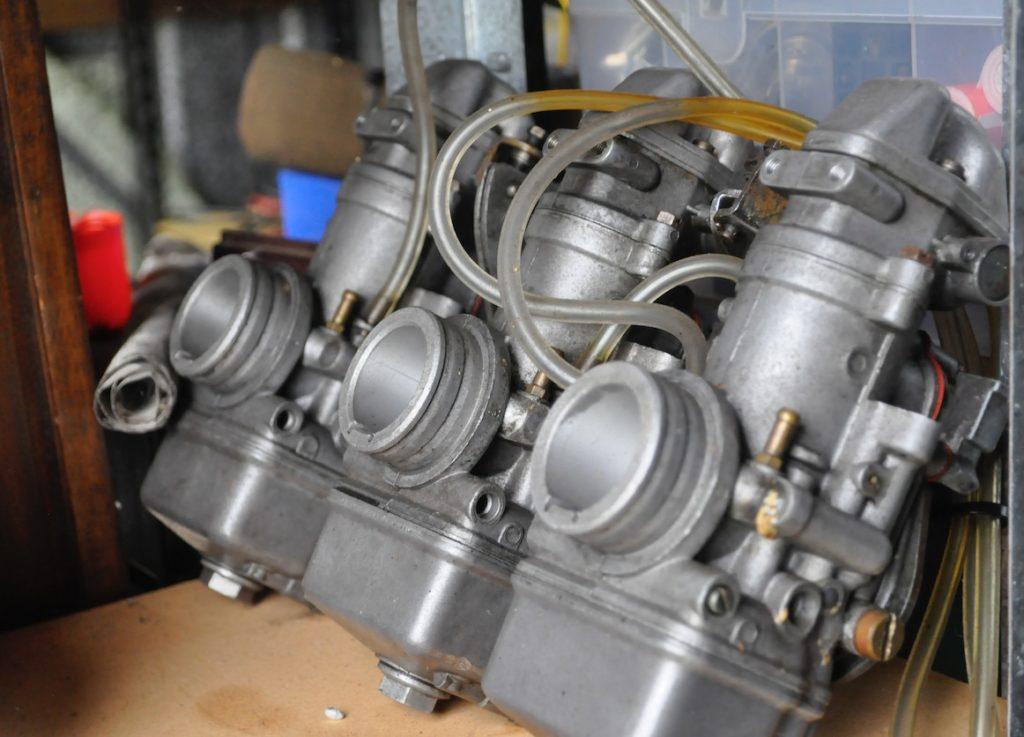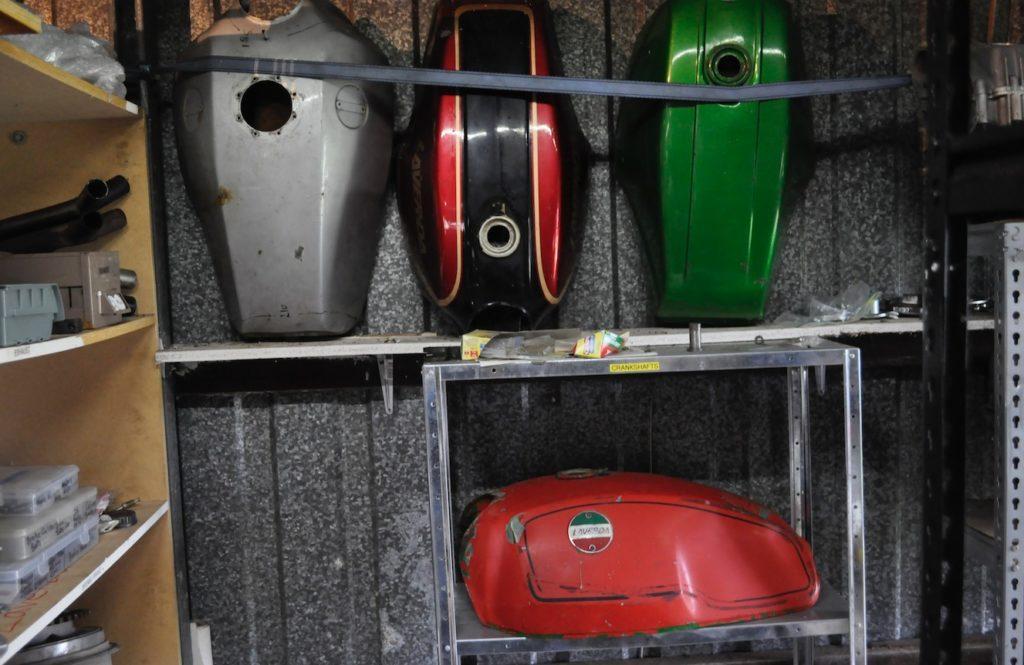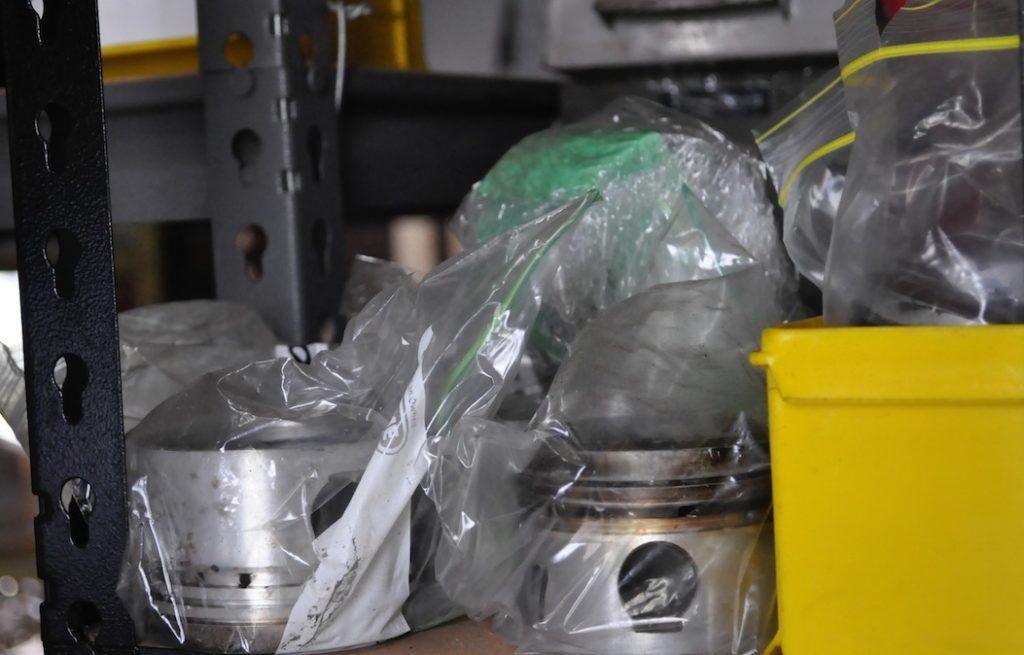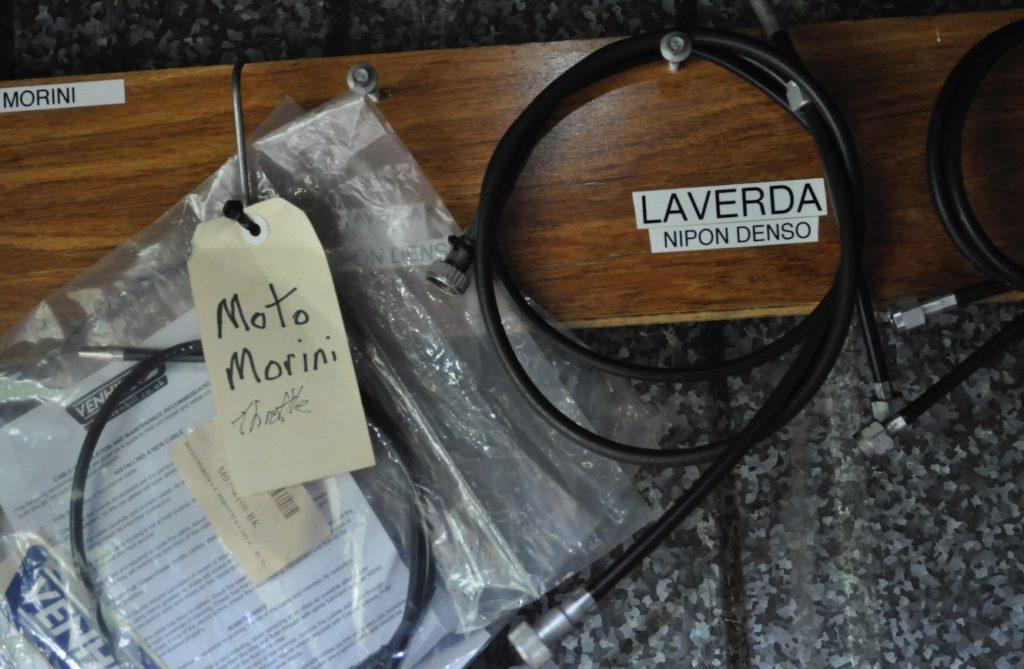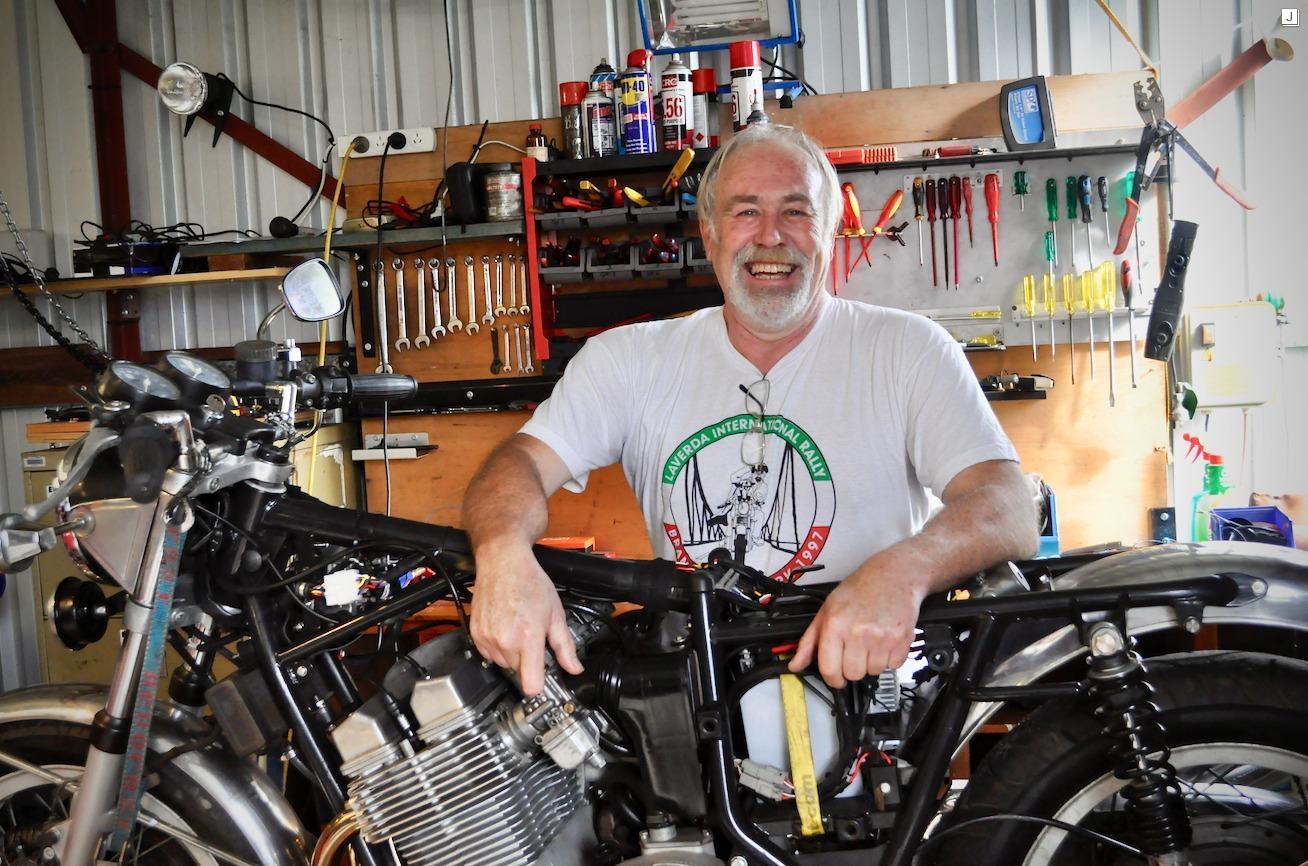
By PETER TERLICK
IT’S a long, long way from Breganze, northern Italy, to Narrikup, south-western Australia — but it’s somehow fitting that a business specialising in hard-to-find Italian motorcycle parts should be located on “500 acres of peace and quiet”, about as far away from northern Italy as it’s possible to be.
In a time when the internet has made physical location largely irrelevant to many enterprises, it’s perfectly reasonable that this little gold mine of parts and expertise should, itself, be beautiful and hard to find — tucked away off a gravel road, half an hour’s drive north from the regional coastal city of Albany, 20km south of the wine-sheep-and-cattle town of Mount Barker, and about 380km south of Perth, capital city of Western Australia.
“My partner Debbie and I moved down here from Perth about 18 months ago,” Italbrit’s Chris Gaff explains. “I do quite a bit of hands-on repairs and restoration work, but the online parts side of the business doesn’t care where we are!”
Indeed. Most of Italbrit’s customers are outside Australia, so it doesn’t matter to them whether Chris and his trove of parts are located in the Sydney CBD, under a tree at Uluru or, as it happens, surrounded by blue gums and cows in the picturesque Shire of Plantagenet (population about 3,000, on a busy day).
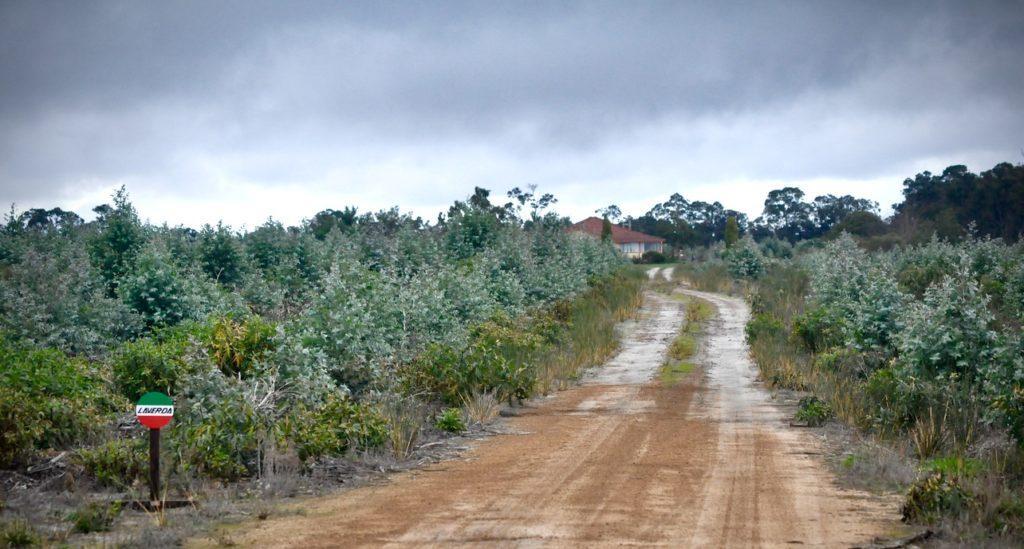
Chris’ passion for Italian bikes in general and Laverdas in particular harks back to his youth. He bought a Jota, brand new, back in the day when it was arguably the greatest superbike that money could buy — and almost certainly the most exotic.
For most of us, it’s the Jota that springs to mind when anyone mentions Laverda — at the end of the 1970s, the 90hp 1000cc triple-cylinder Jota was good for 145mph, making it the fastest production bike in the world.
Perhaps less well known is how the Jota came to be.
Like most of the Italian motorcycle marques, Laverda started as a family business building small-capacity single-cylinder motorcycles which were as much about race track fun as serious business. (It’s said the first engine components were fired in the family’s kitchen, in rural Breganze.) The early race track fun quickly started generating trophies and reputations, and the small bikes grew bigger and faster; becoming 650 twins, then 750 twins (the bright orange 750 SFC rivals the Jota as Laverda’s most memorable machine), and ultimately a 1000cc triple which was, quite literally, a 750 twin with an extra cylinder. But the first triple wasn’t the Jota. It was the not-so-sexily-named 3C — a big, strong and impressive machine, but not a rocketship.
It was two British brothers, Richard and Roger Slater, who took the 3C and created the Jota (actually a three-step Spanish dance, incidentally, before the Slaters commissioned the word for higher duties). The very first Jotas were not made by Laverda at all, but by the Slaters for the UK market. These ‘Slater Jotas’ are understandably highly prized by collectors. The only one we have ever seen is in Narrikup …

The Italbrit business has been in operation since 2012, initially performing service work, electrics, rebuilds and restorations on classic Italian bikes.
In 2018, the business expanded to include supplying classic motorcycle wiring looms to trade and private clients.
And then in 2019, a three-month trip to Europe turned up a remarkable find. Chris had been undertaking Laverda parts training with two former Laverda dealers, including Richard Slater himself, when he came across a sea container full of used and new-old-stock Laverda parts.
“The contents had not been touched in 30 years,” Chris said. “It took some doing, but I convinced the owner to sell me the whole lot and I brought it all back to Western Australia.”
That sea container formed the basis of Italbrit’s on-line parts supply. Chris continues to source hard-to-find parts and consumables from all corners of the globe for his customers, including owners of Italian and British classics. For Laverdas, those consumables include everything from gaskets and seals to bearings and cables etc. He also supplies vintage nuts, bolts, studs and other fasteners, full electrical services including the manufacture of standard and custom wiring looms, and head reconditioning and cylinder rebores, in-house.
“The heart of my business is all about keeping classic bikes on the road or track,” he says. “That’s where they belong.”
